Caernarfon Castle, Gwynedd: 'One of the great buildings of the Middle Ages'
Wales is spoilt for beautiful, evocative and dramatic castles in magnificent locations — yet still Caernarfon Castle stands above the rest.
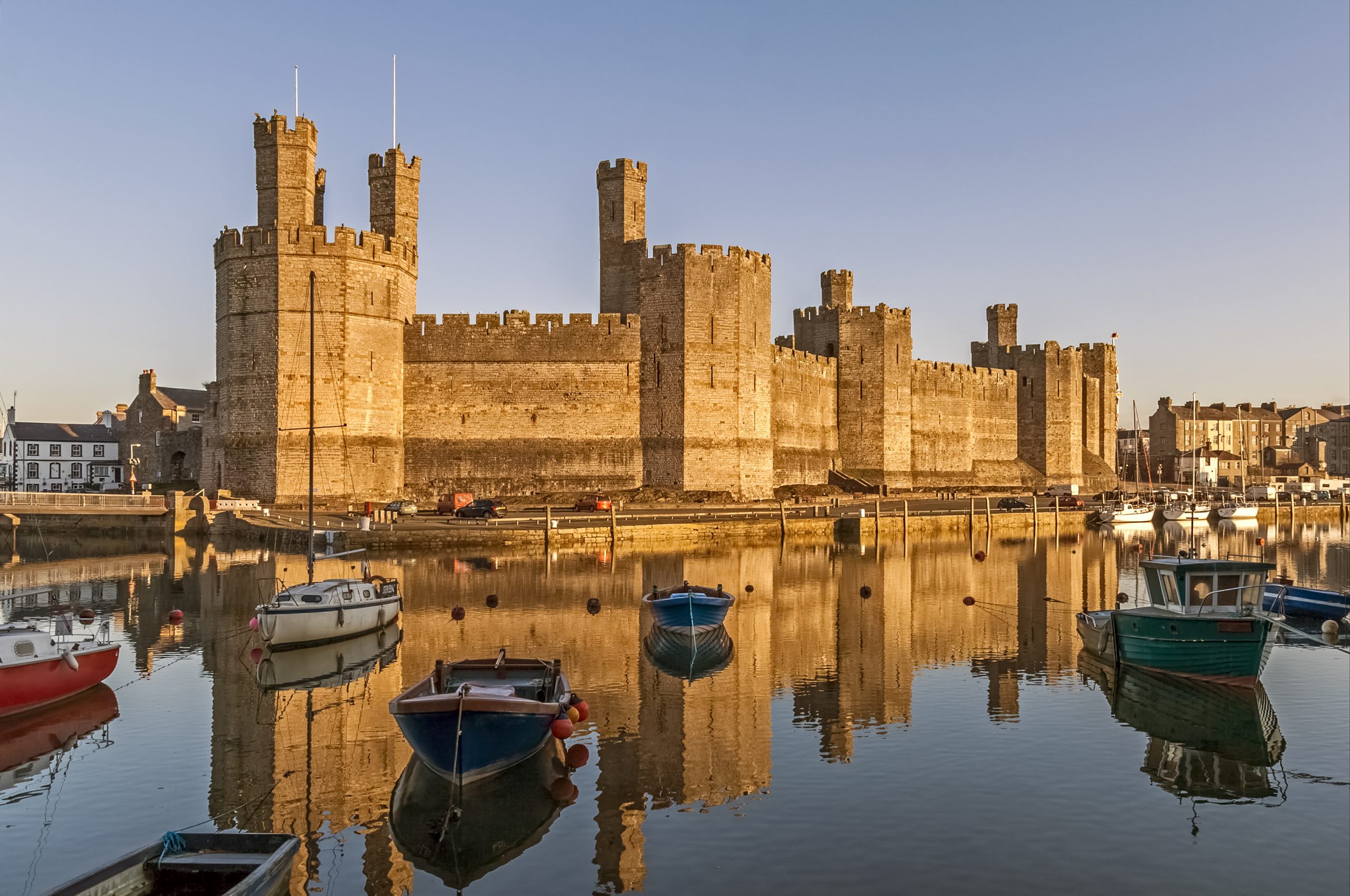
On April 25, 1284, Edward I’s queen gave birth to a son, also named Edward, within the precincts of brand-new Caernarfon Castle. When little Edward’s elder brother, Alfonso, died four months later, the King showed his baby son and heir to the Welsh nobility, giving the newly vanquished country a prince ‘that was borne in Wales and could speake never a word of English’. Edward of Caernarfon, the future Edward II, thus became the first Prince of Wales.
Caernarfon already possessed mythic associations for the Welsh, having been the site of what must have been, on that remote frontier, an impressive Roman fort. Edward I built on this prestige: not only were the works on a scale never seen before in Wales, but the silhouette created by his architect, Master James of St George, may have been intended to evoke the walls of Constantinople, one of the twin foci of the Roman Empire.
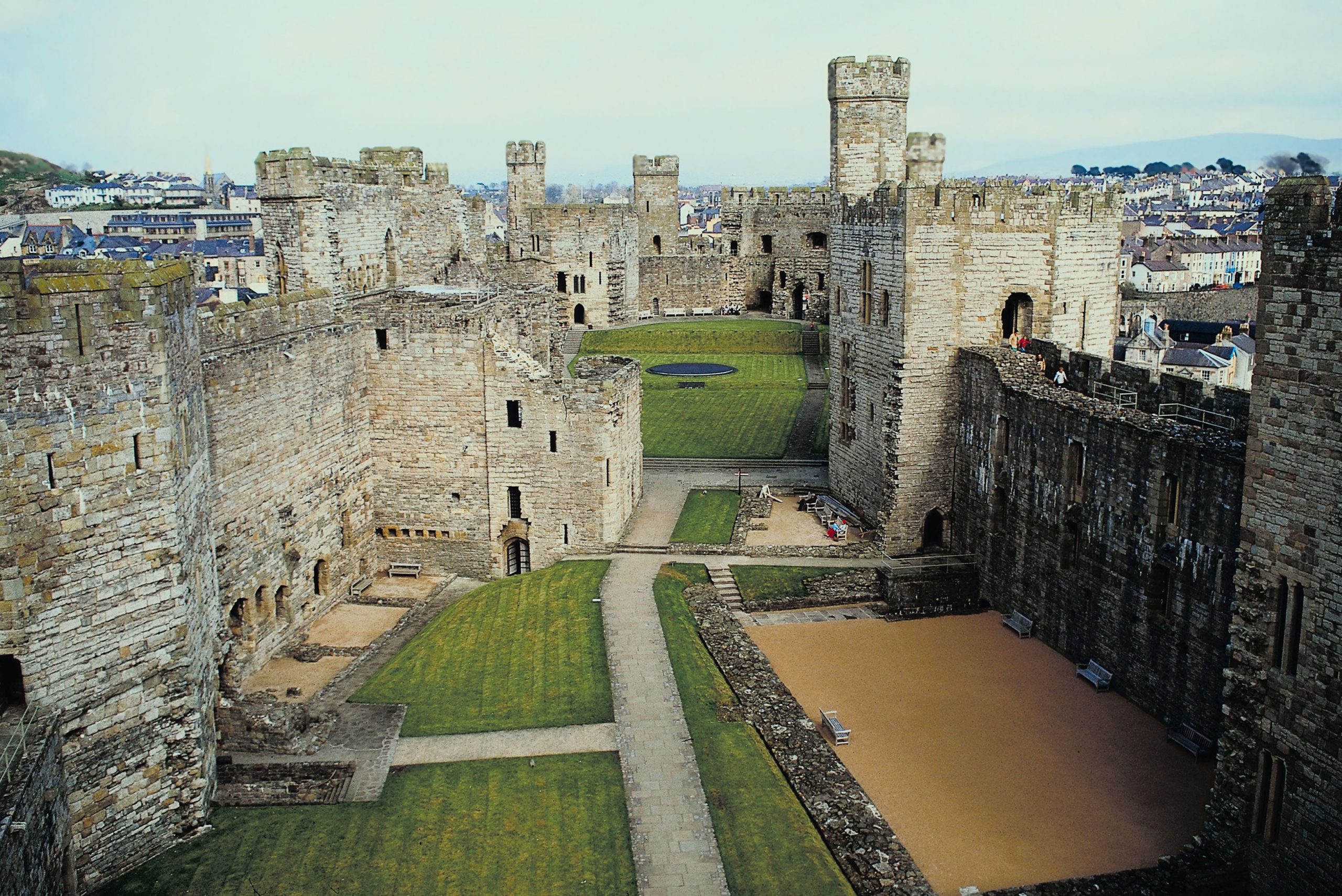
The castle was burnt during an uprising of 1294, but Edward put down the rebellion with devastating efficiency and rebuilt the castle. He intended that Caernarfon should be both the capital of his new dominion and a royal palace — hence the size — although his successors rarely used it as he intended. Yet its grandeur is undimmed: Cadw's website proudly proclaims that it is 'recognised around the world as one of the greatest buildings of the Middle Ages,' and they're entirely right to do so.
Caernarfon Castle and the investiture of the Prince of Wales
Though generations of heirs to the throne took the title 'Prince of Wales', the investiture ceremony at Caernarfon Castle — memorably experience by the present King Charles III back in 1969 — is a relatively modern invention. In 1911, Prince Edward — later King Edward VIII — was the first in centuries to have an official ceremony instead of being granted the title by letters patent. The revived tradition carried on until 1969 Charles was invested, but there was opposition to the ceremony back then, and Kensington Palace recently confirmed that Prince William has 'no plans' to have an official investiture ceremony at the castle.
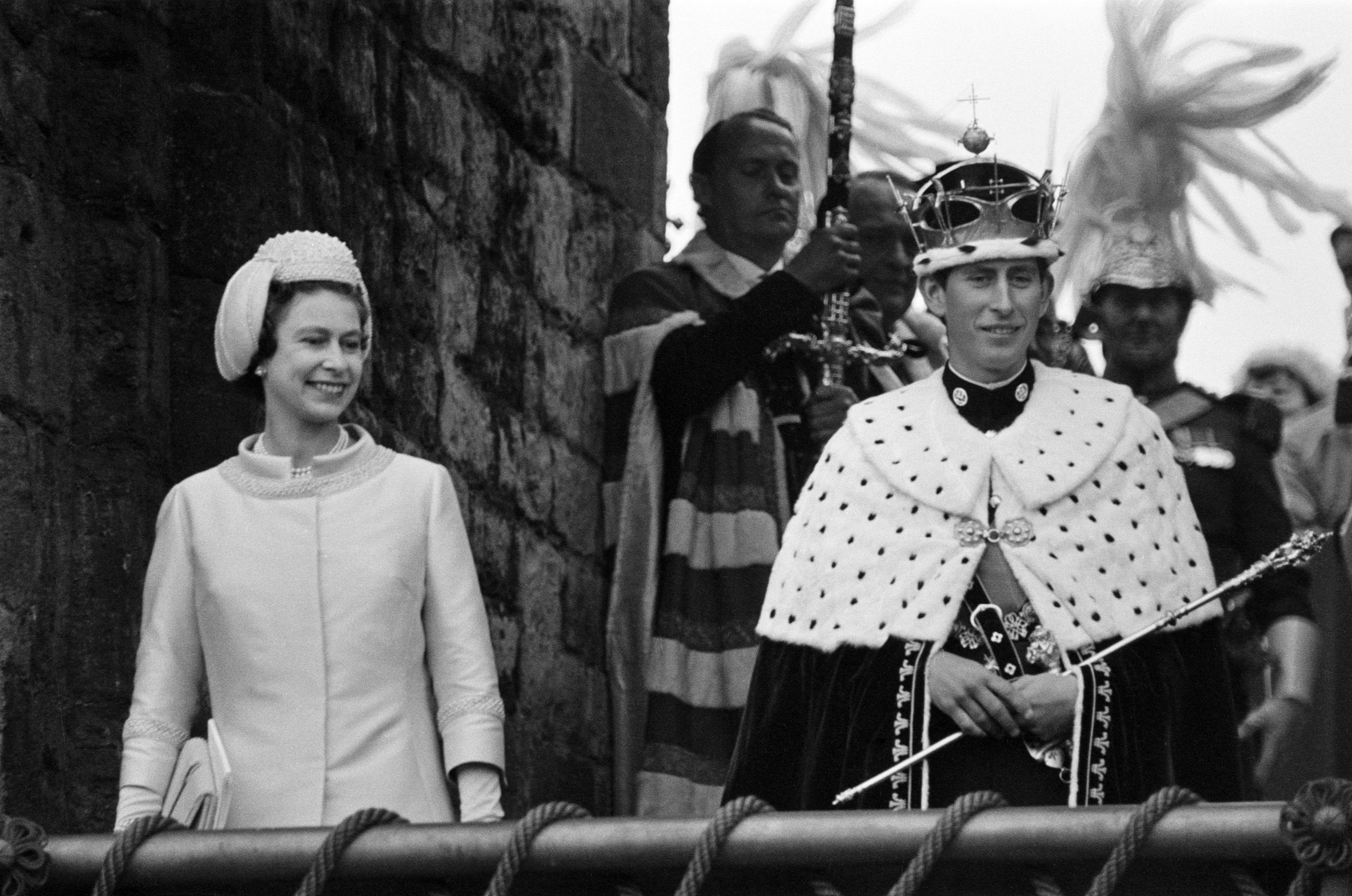
How to visit Caernarfon Castle
Caernarfon Castle stands on the corner of the ancient town in North Wales, where the Afon Seiont river runs out into the Menai Straits, looking across to Anglesey. It's is run by Cadw; adult tickets cost £11.10. See the official website for more details and opening times.
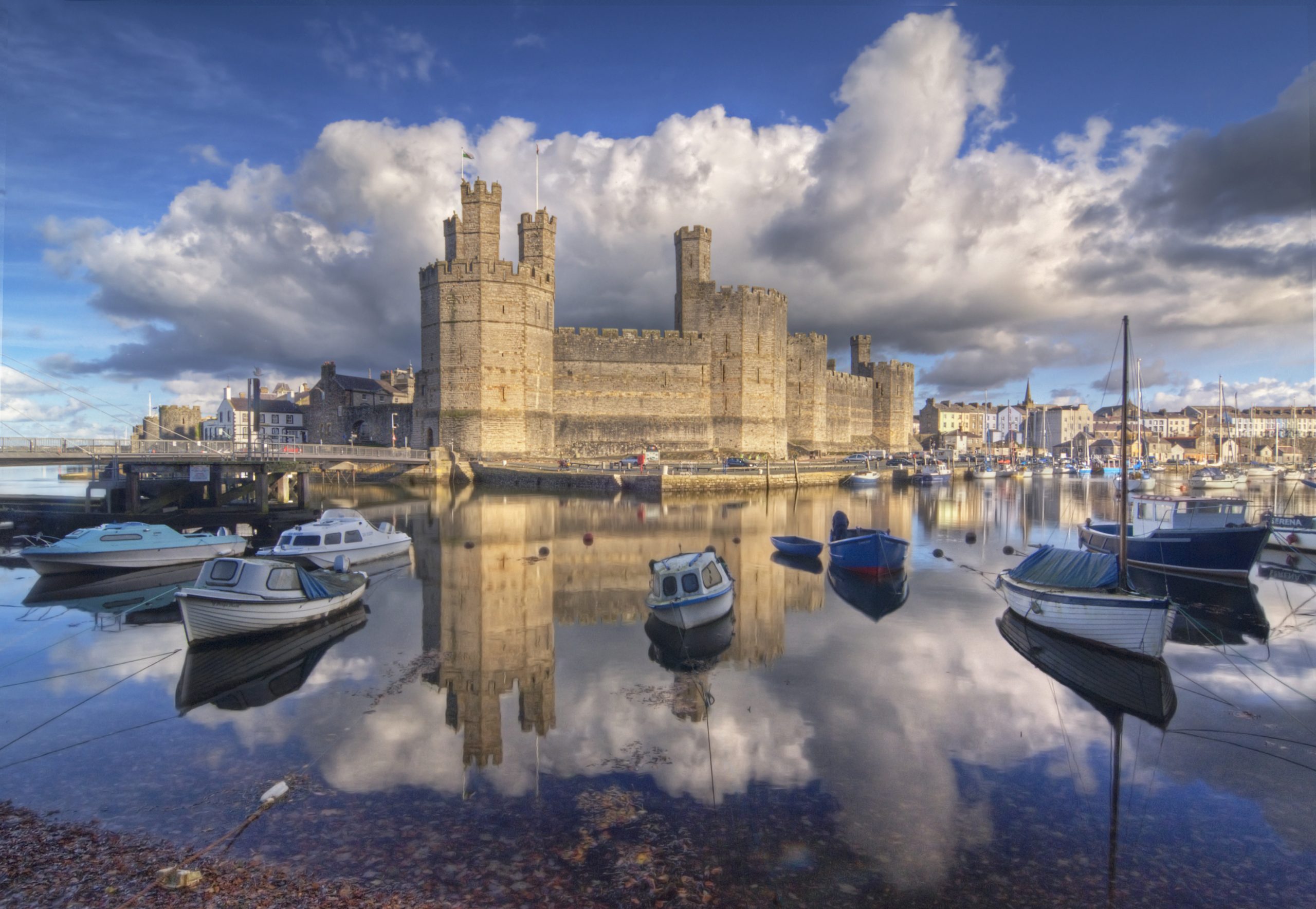
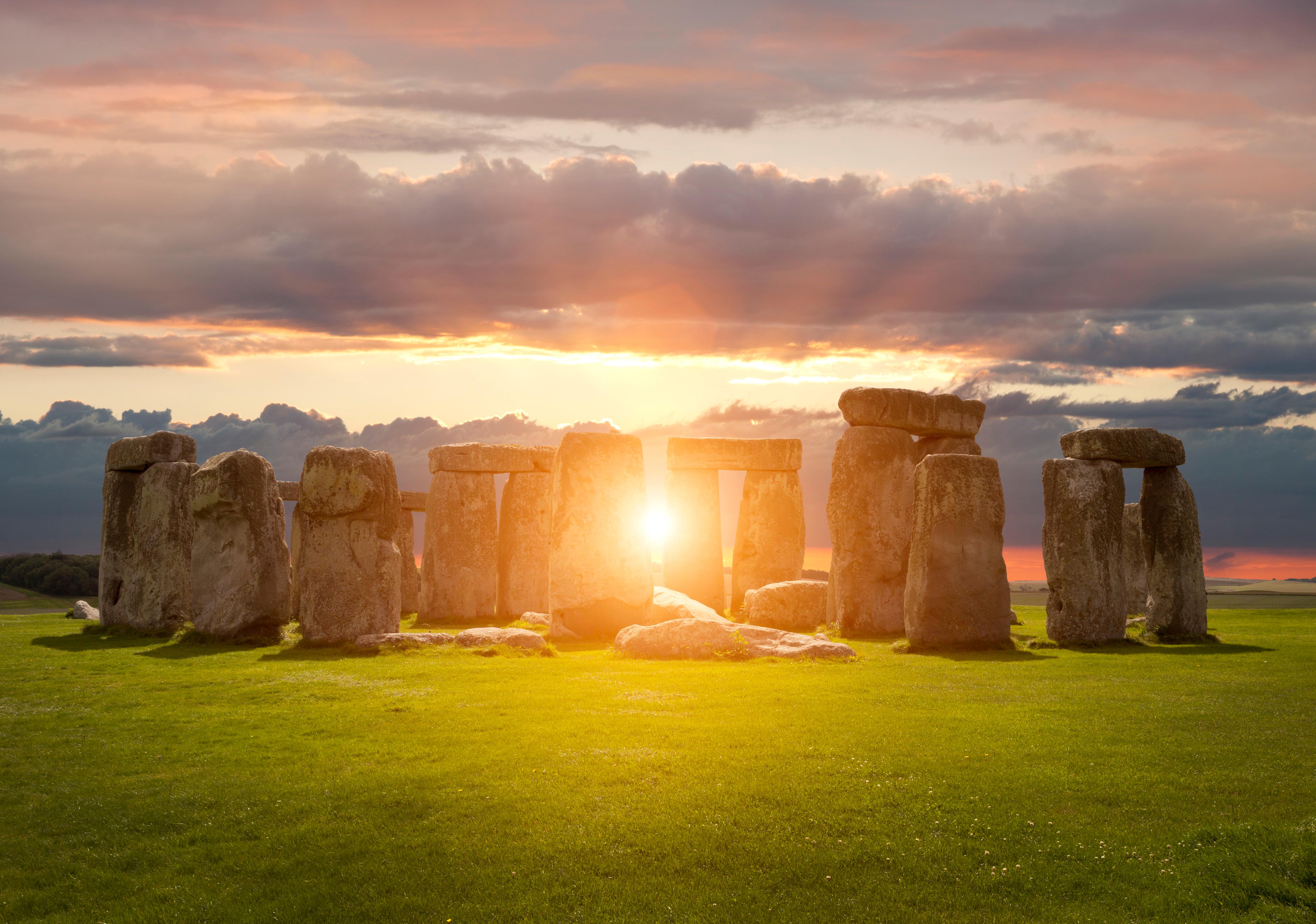
Stonehenge, Wilthsire: 'One of the wonders not only of this country, but of the world'
Our Grand Tour of Britain alights at what is arguably the world's most famous prehistoric site: Stonehenge, in Wiltshire.
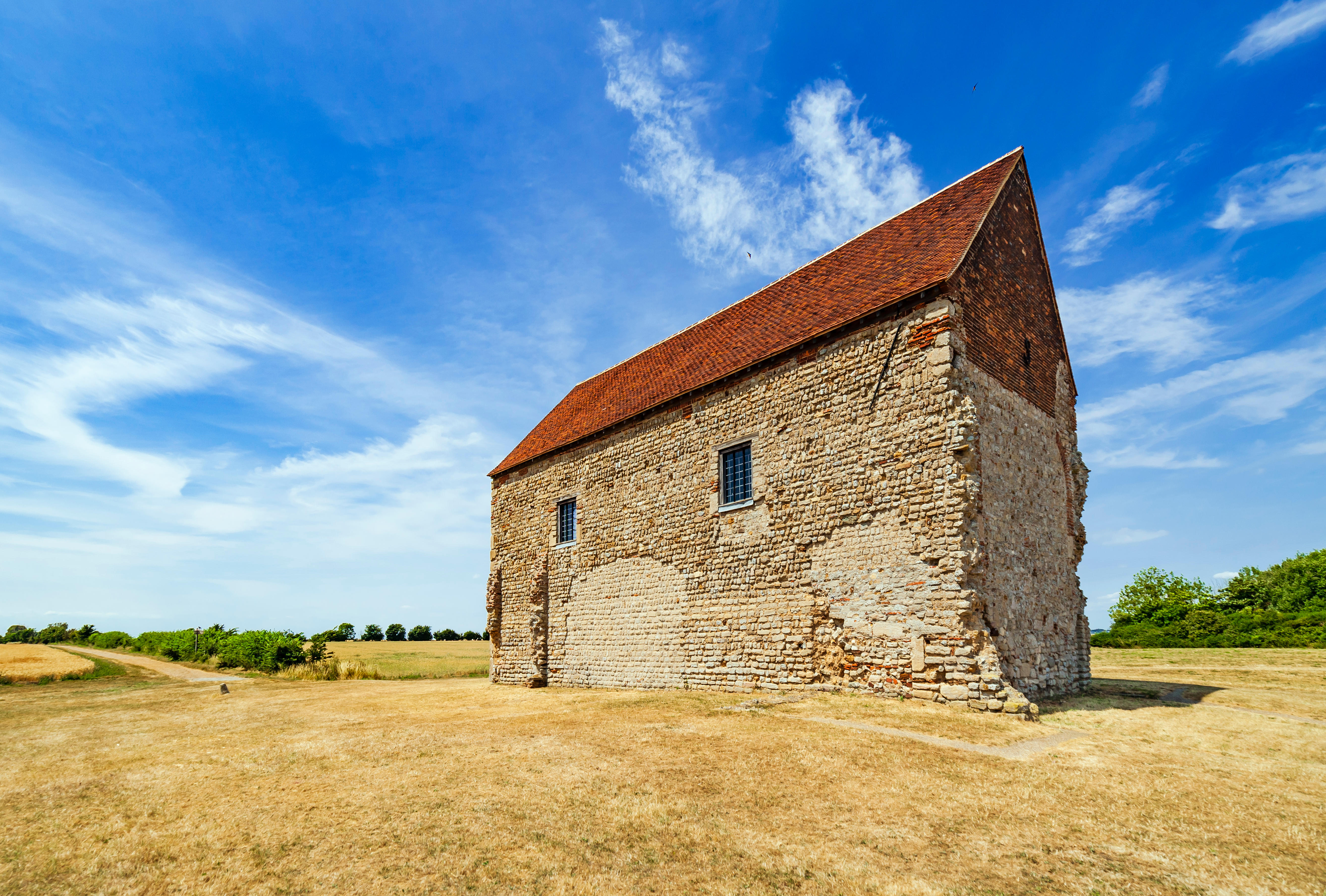
Chapel of St Peter on the Wall, Essex: 'The deepest living root of the church in Britain'
Our 21st century Grand Tour of Britain moves on to an ancient church in Essex.
Sign up for the Country Life Newsletter
Exquisite houses, the beauty of Nature, and how to get the most from your life, straight to your inbox.
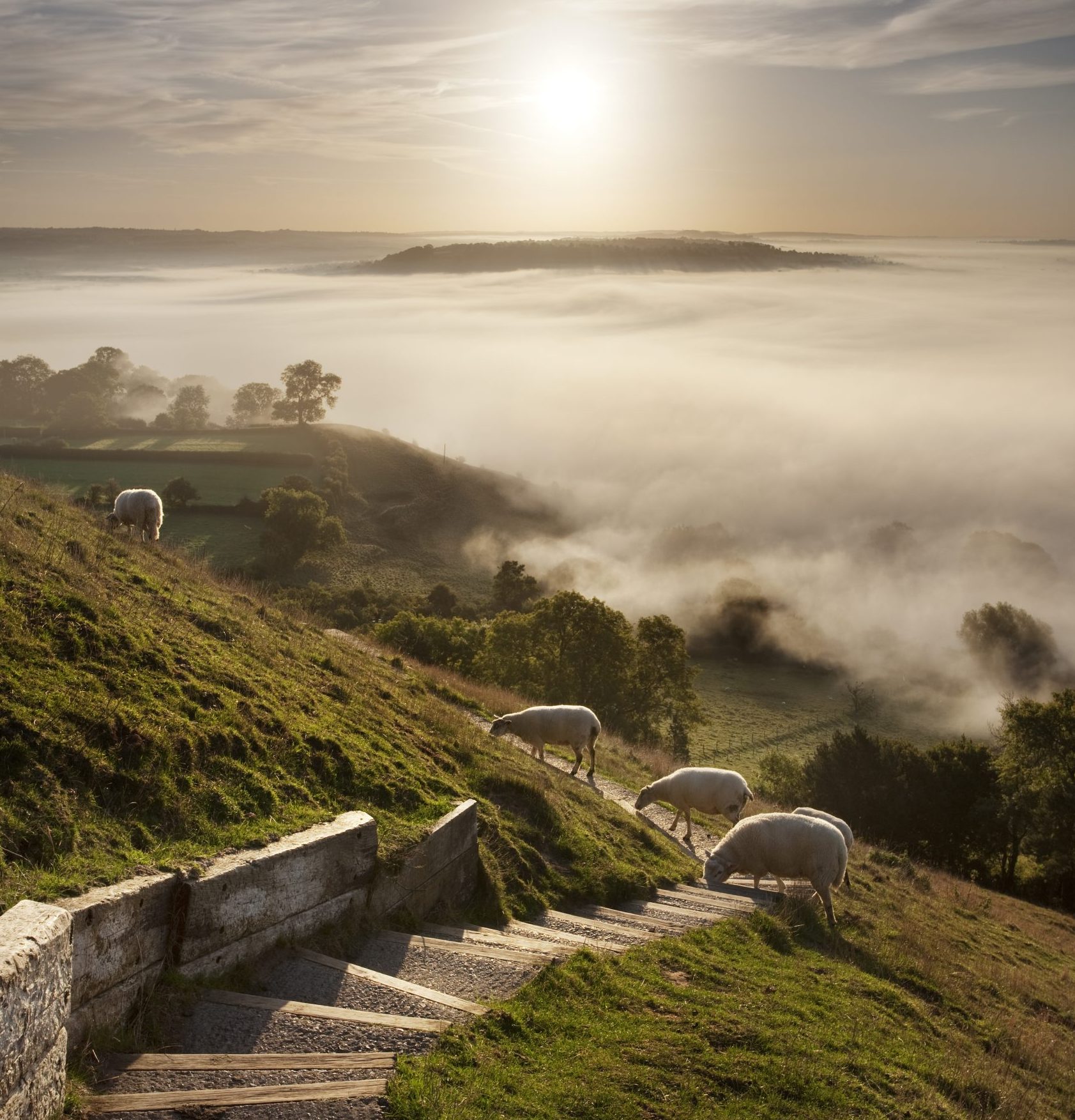
Glastonbury, Somerset: The place where the Holy Grail came to Britain
The ancient town of Glastonbury is synonymous without spirituality, mysticism and legend — and it's an unmissable stop-off on our list
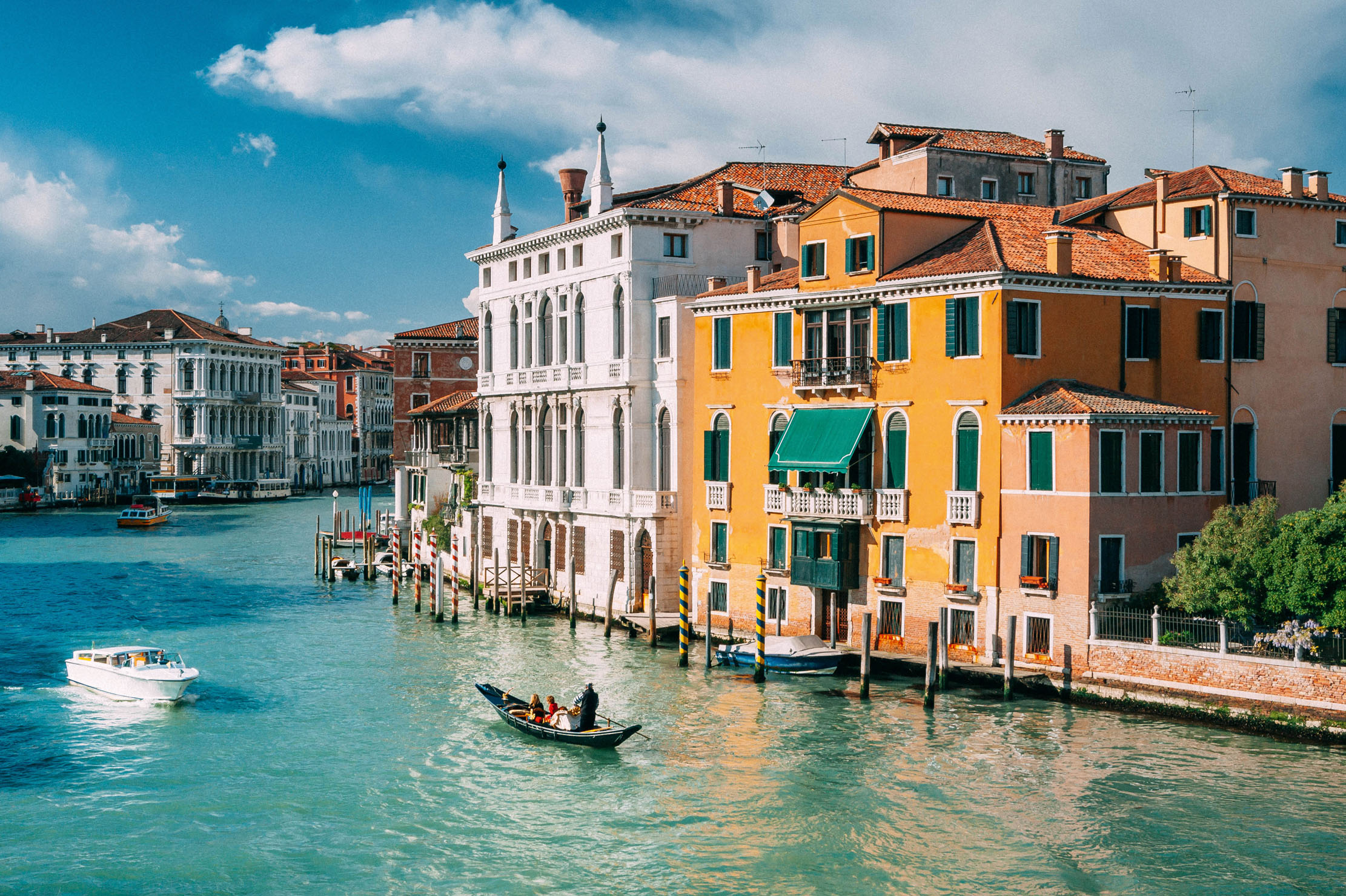
Byron, Shelley and how the Georgian proto-jet set turned Grand Tours into lives abroad
For some, The Grand Tour of the 18th and 19th centuries was a one-off trip. For others it became a
-
 ‘David Hockney 25’ at the Fondation Louis Vuitton: Britain’s most influential contemporary artist pops up in Paris to remind us all of the joys of spring
‘David Hockney 25’ at the Fondation Louis Vuitton: Britain’s most influential contemporary artist pops up in Paris to remind us all of the joys of springThe biggest-ever David Hockney show has opened inside the Fondation Louis Vuitton in Paris — in time for the season that the artist has become synonymous with.
By Amy Serafin Published
-
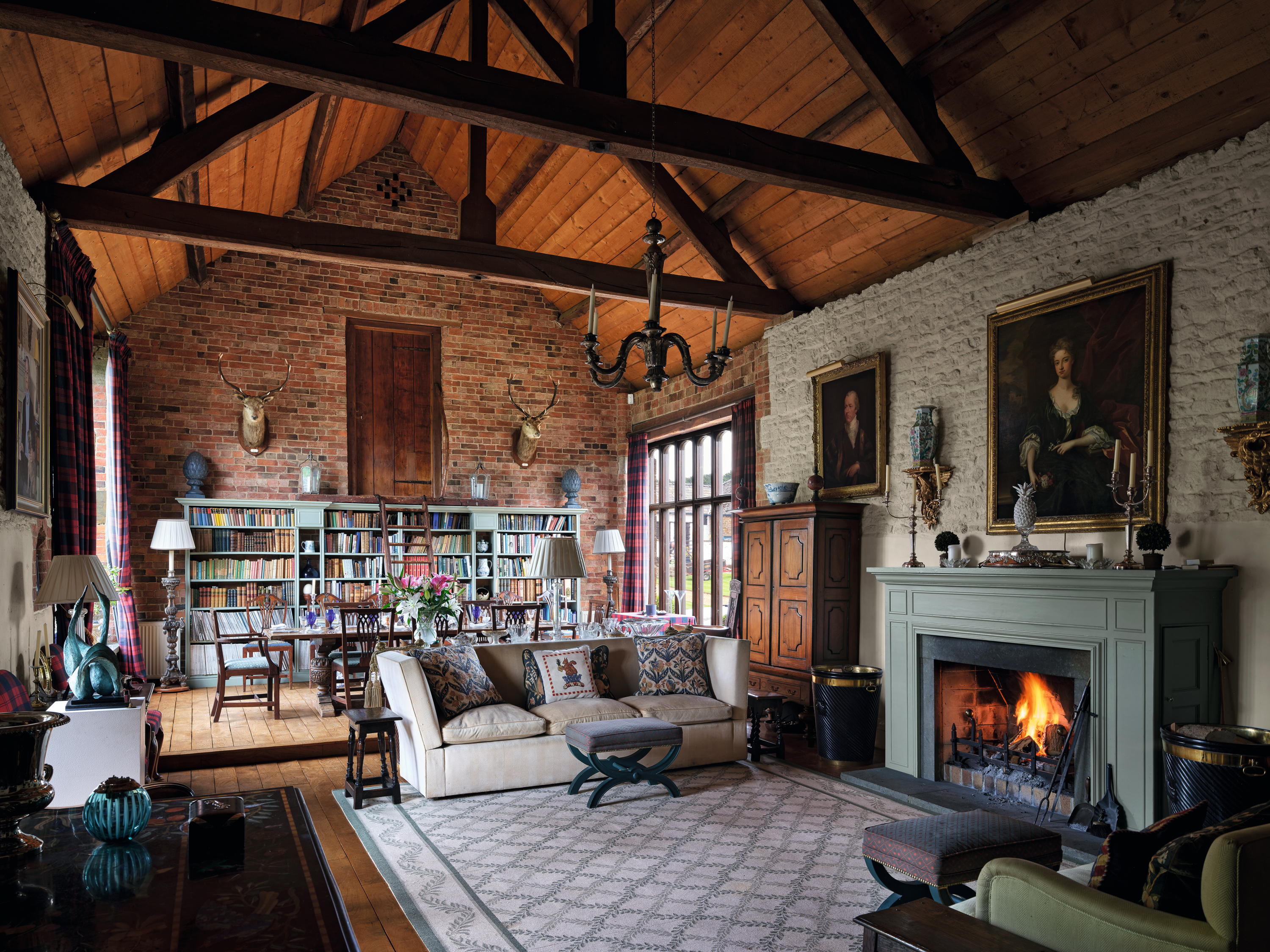 High Wardington House: A warm, characterful home that shows just what can be achieved with thought, invention and humour
High Wardington House: A warm, characterful home that shows just what can be achieved with thought, invention and humourAt High Wardington House in Oxfordshire — the home of Mr and Mrs Norman Hudson — a pre-eminent country house adviser has created a home from a 300-year-old farmhouse and farmyard. Jeremy Musson explains; photography by Will Pryce for Country Life.
By Jeremy Musson Published
-
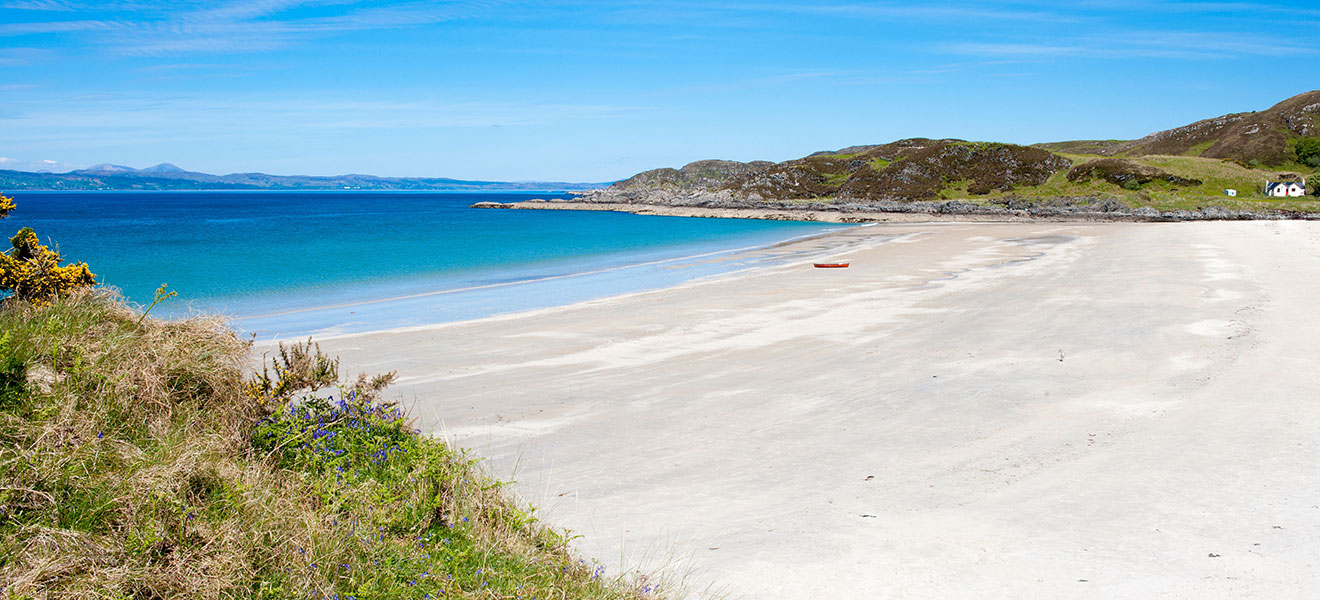 10 of Scotland’s most magical white sand beaches
10 of Scotland’s most magical white sand beachesWhat better day to celebrate some of Scotland's most stunning locations than St Andrew's Day? Here's our pick of 10 of the finest white sand beaches in the country.
By Country Life Published
-
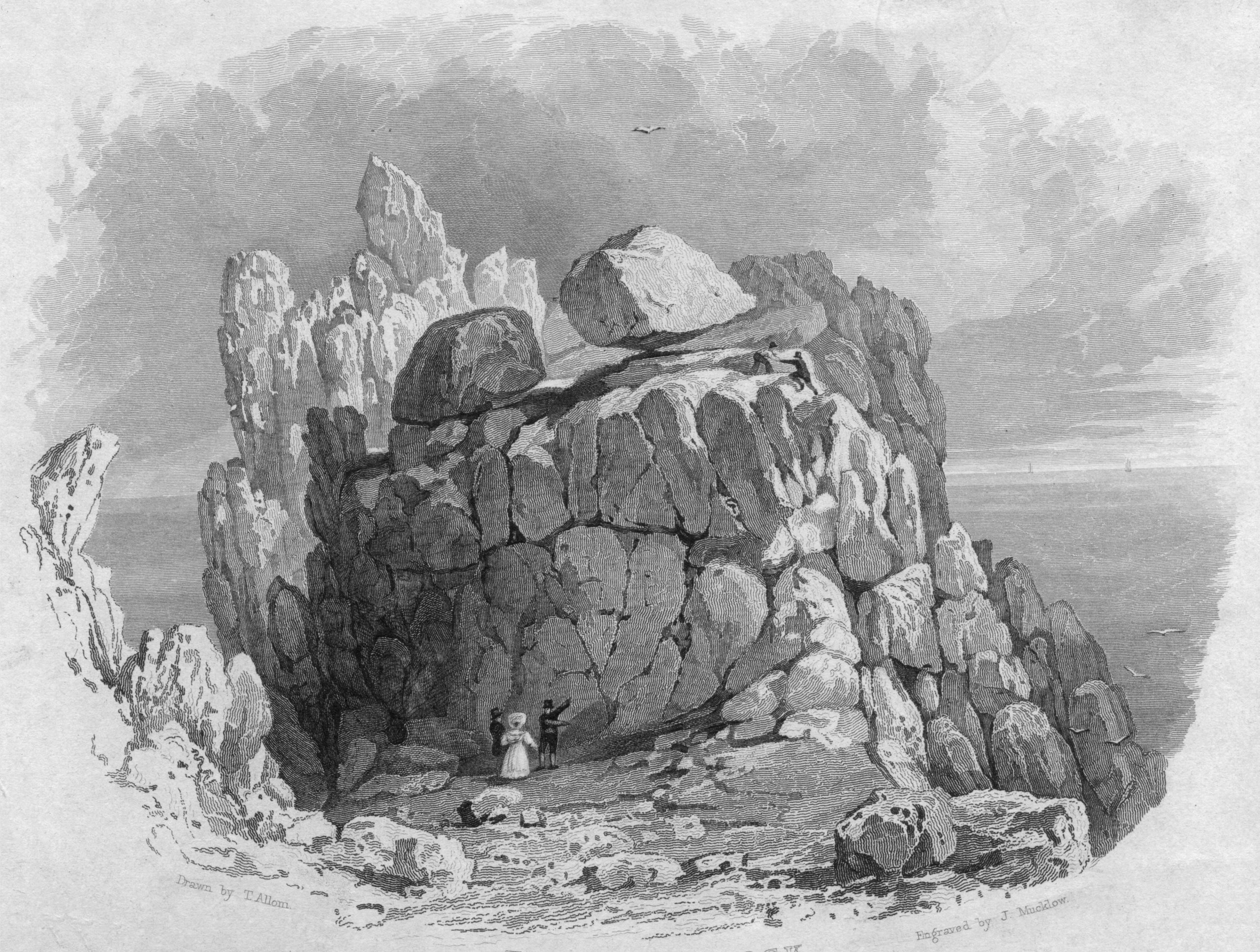 Curious Questions: Who dislodged Britain's most famous balancing rock?
Curious Questions: Who dislodged Britain's most famous balancing rock?A recent trip to Cornwall inspires Martin Fone to tell the rather sad story of the ruin and restoration of one of Cornwall's great 19th century tourist attractions: Logan Rock at Treen, near Land's End.
By Martin Fone Published
-
 Henley Festival: 13 things you'll see at the 'posh Glastonbury'
Henley Festival: 13 things you'll see at the 'posh Glastonbury'Revellers in ball gowns and dinner jackets, turning up on board £200,000 boats to dance and party while knocking back magnums of vintage champagne? It can only be the extraordinary Henley Festival, the high-end musical extravaganza that's a sort of Glastonbury-on-Thames for the (very) well heeled. We sent Emma Earnshaw along to see what it was like.
By Emma Earnshaw Published
-
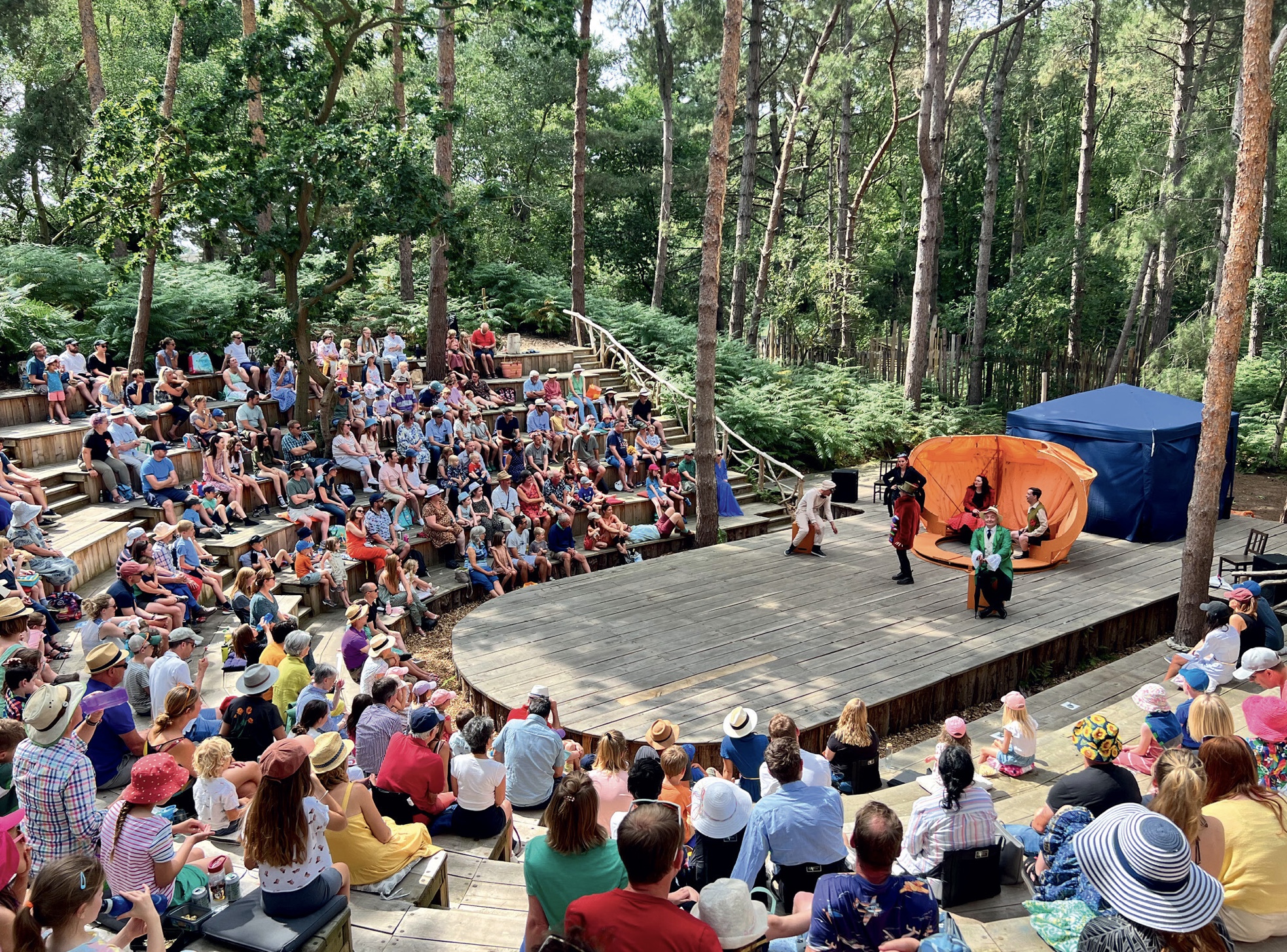 The best open air theatres in Britain
The best open air theatres in BritainAmid the sweet chestnuts, walnuts and cobnuts of a Suffolk farm, a natural amphitheatre has been transformed into a glorious sylvan venue for touring companies to tread Nature’s boards. Jo Cairdv pays a visit to the mesmerising Thorington Theatre, and picks out three more of the finest outdoor performance venues in Britain.
By Toby Keel Published
-
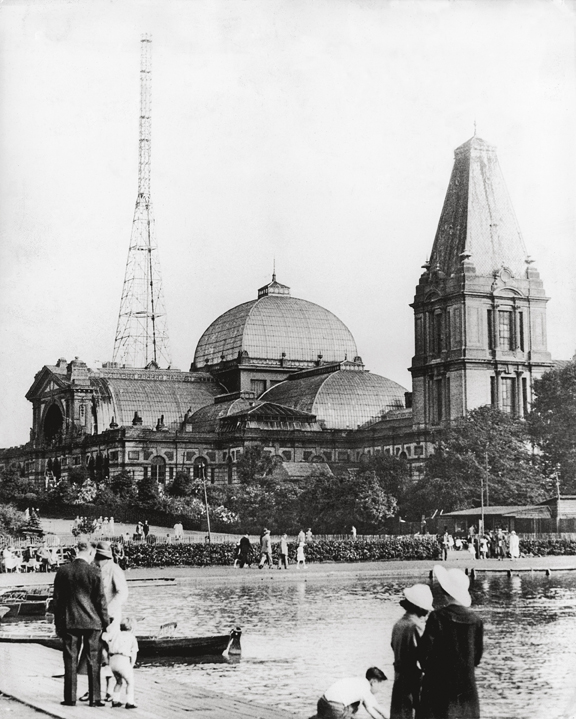 Alexandra Palace: How it's survived fires, bankruptcy and even gang warfare in 150 years as London's 'palace of the people'
Alexandra Palace: How it's survived fires, bankruptcy and even gang warfare in 150 years as London's 'palace of the people'Alexandra Palace has suffered every imaginable disaster, yet remains enduringly popular even a century and a half after its official grand opening. Martin Fone takes a look at the history of one of Britain's great public buildings.
By Martin Fone Published
-
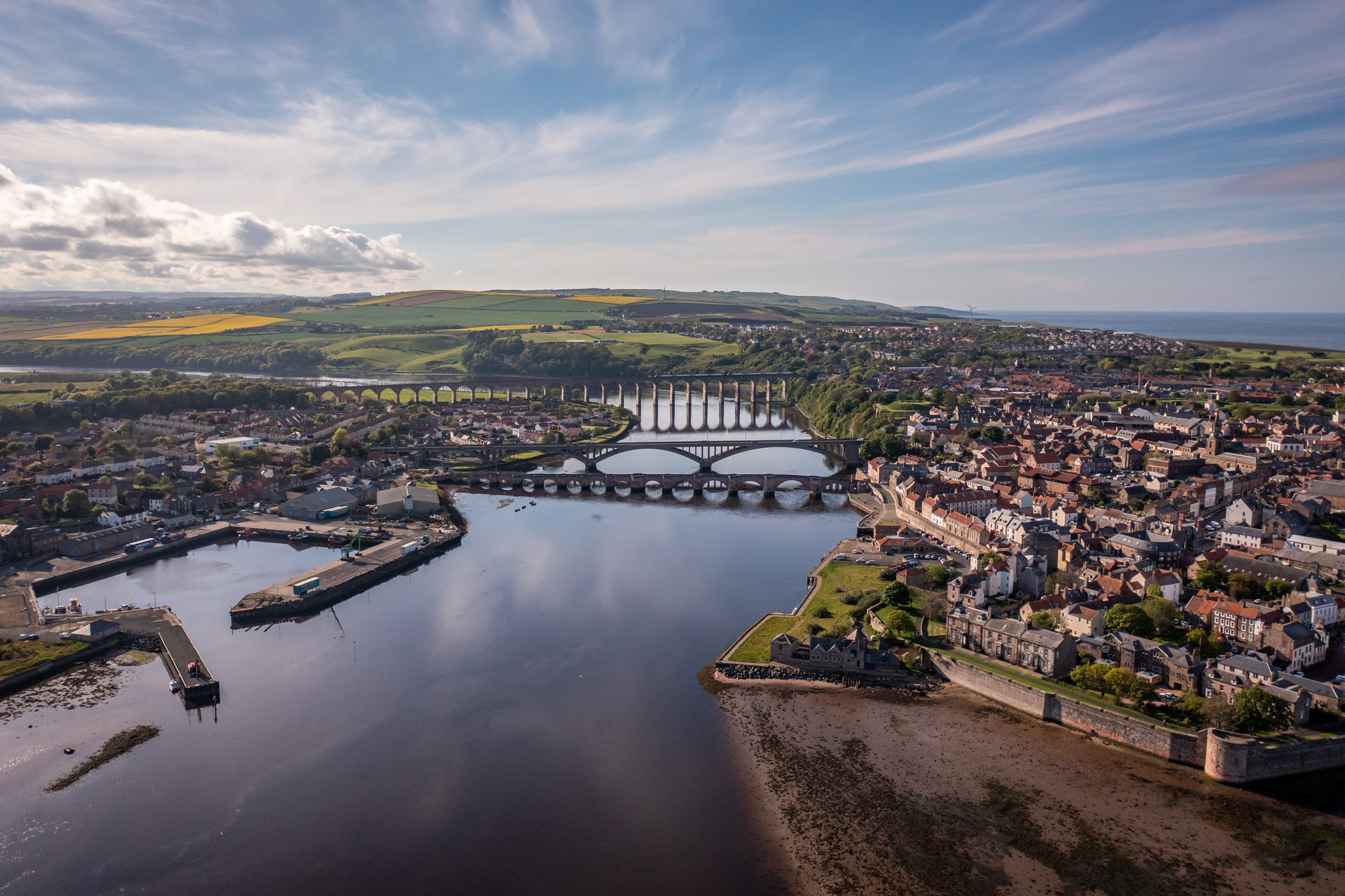 Berwick-upon-Tweed, Northumberland: The spectacular border town with a castle that changed hands 13 times
Berwick-upon-Tweed, Northumberland: The spectacular border town with a castle that changed hands 13 timesBerwick-upon-Tweed spent centuries as a pawn in Anglo-Scottish conflict; today, it's a charming border town with spectacular sights. Clive Aslet takes a look.
By Clive Aslet Published
-
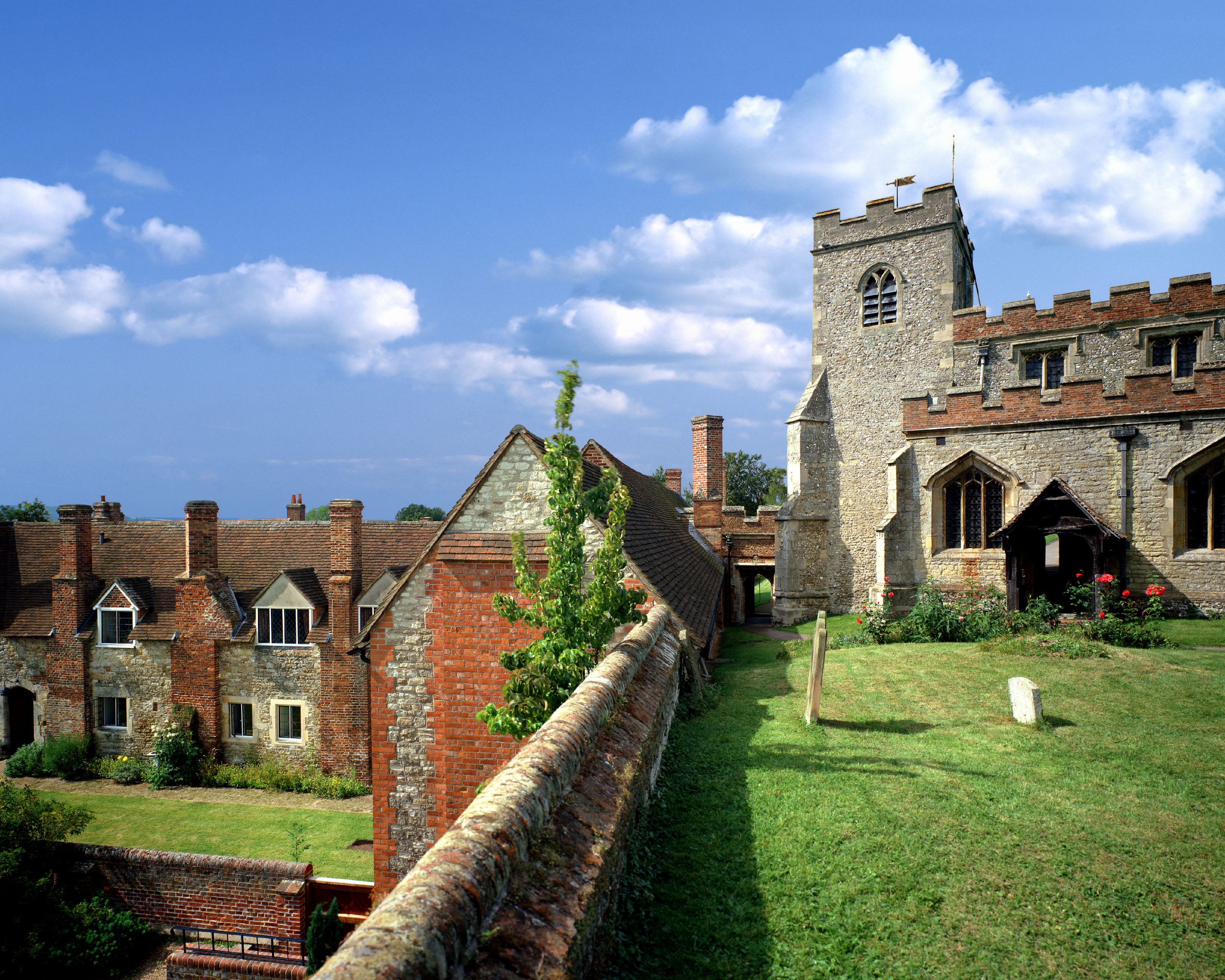 Ewelme, Oxfordshire: The medieval almshouses set up by Chaucer's grand-daughter and still running today
Ewelme, Oxfordshire: The medieval almshouses set up by Chaucer's grand-daughter and still running todayCountry Life's 21st century Grand Tour of Britain stops off at the remarkable church and almshouses at Ewelme, Oxfordshire.
By Toby Keel Published
-
 The Flying Scotsman: How the first 100mph locomotive became the most famous train in the world
The Flying Scotsman: How the first 100mph locomotive became the most famous train in the worldThe first train to officially hit 100mph may not even have been the first, and didn't hold the rail speed record for long; yet a century later its legend is undimmed. Jack Watkins celebrates the Flying Scotsman.
By Jack Watkins Published